Conceptually, the starting point is the signal via and a ring of ground vias around it, treated as a short coax cable so that you can use the coax cable formula. The ring of ground vias cannot be smaller than the ground pads (since they must terminate there). The datasheet says edge-to-edge of the uFL groundpads is 1.9mm, so I imagine a ring of ground vias with a 3mm diameter.
Are you using FR4 with a dielectric constant 4.4? This coax impedance calculator says 50 ohms for a Dk of 4.4, the OD of the signal via = 0.4mm and the ID of the ring of ground vias = 2.2mm.
The ring of ground vias does not have to be a circle, of course. You can use ATLC to calculate the impedance of an arbitrarily-shaped pattern of signal via(s) and ground vias. You just draw the signal region (red), ground regions (green) and dielectric regions (other colors) in 24-bit BMP. ATLC assumes that this set of regions forms a long transmission line, and calculates the impedance.
You then have to design the pads (with thermal relief) that the vias will land on, in the bottom and top metal layers. In theory, you could use ATLC for those also, except that the "long transmission line" assumption is very broken now. Also, what do you use for the Dk in ATLC, if you are at an FR4/air interface? I don't know - Dk = average(FR4, Air)? If you have confidence that the footprints for the uFL receptacle and the modem are designed for 50 ohms for your substrate, you can put them into ATLC and see which Dk gives 50 ohms. (Dk should at least be between FR4 and air, probably closer to FR4).
All of the groundplane outside the inner edges of your ground pads is irrelevant to the characteristic impedance, so you can put thermal reliefs there at will.
At 1.8GHz, 63mil is a very short transmission line, so your real questions are about lumped element capacitance and inductance. You can use FastCAP to calculate the capacitance between the signal and grounds, and FastHenry to calculate the round-trip inductance(?) . Then just move things around until sqrt(L/C) = 50 ohms.

I think the solution is actually quite easy, I will post an answer. – Martin Stiko Jul 18 '20 at 21:09